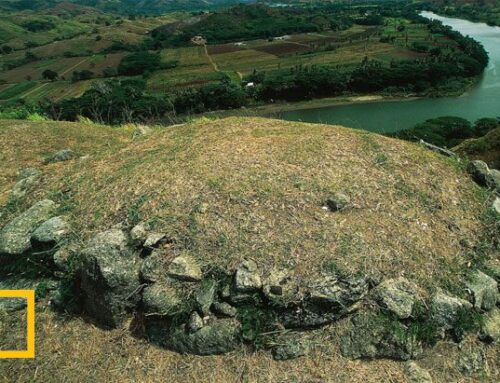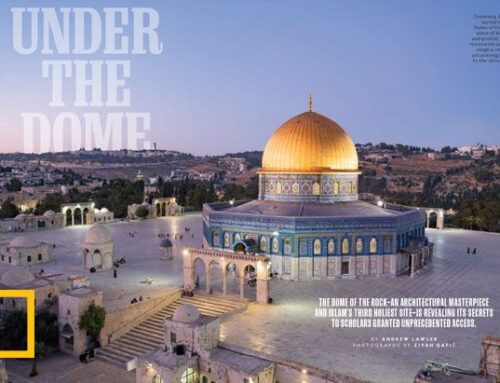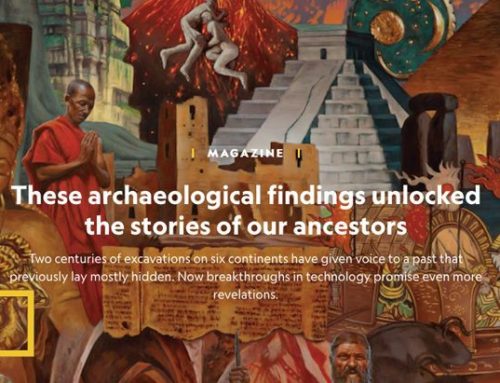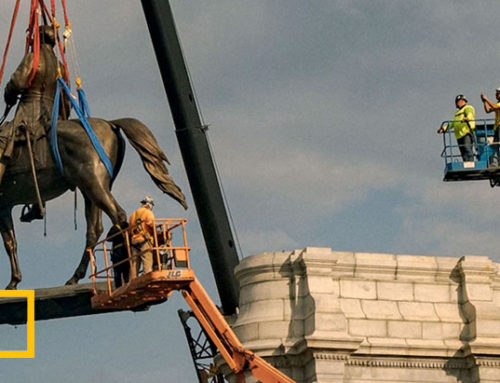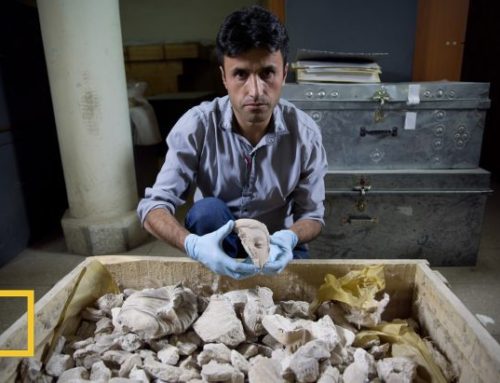Disputes over the fate of Jerusalem’s Palestinian neighborhoods triggered the most recent spate of bloodshed.
The rockets, riots, and airstrikes that convulsed Israel and the neighboring Palestinian territories in recent weeks thrust one of the world’s most challenging conflicts back into the headlines. More than 250 Palestinians and a dozen Israelis died and thousands more were injured before a ceasefire was declared on Thursday.
The violence first broke out along a mile-long arc of ancient tombs, gates, and shrines in Jerusalem that evoke deep emotion among many Jews and Muslims. Located in the city’s eastern sector, which was annexed by Israel in 1980 and is considered occupied territory by the international community, these sites serve as focal points in the struggle by Palestinians to stem right-wing Jewish attempts to settle in traditionally Arab areas.
The immediate trouble began on April 13, at the onset of the Muslim holy month of Ramadan, when an apparently minor security measure turned out to have major and bloody repercussions.
Israeli border police limited access at Damascus Gate, a northern entrance into the Old City built in the 1530s by Ottoman sultan Suleiman the Magnificent. The original structure that lies beneath was excavated in 2013 and dates to the second century A.D. This was Roman Jerusalem’s monumental entrance, opening to a square inside the walls with a column topped by a statue of the Roman emperor Hadrian. The statue is long gone, but the memory is preserved in the structure’s Arabic name: the Gate of the Column. Jews call it Shechem Gate.
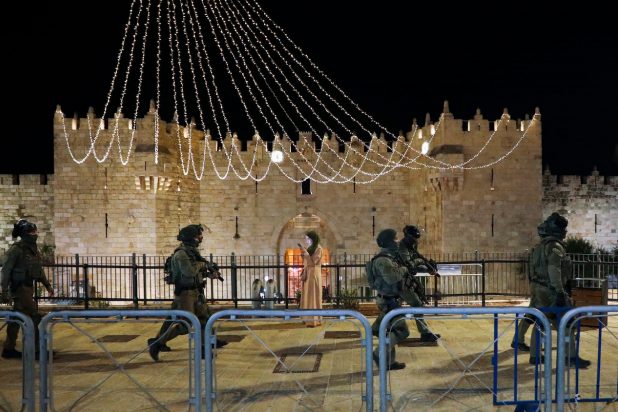
Barriers set up at Damascus Gate leading into Jerusalem’s Old City angered Palestinians
celebrating the holy month of Ramadan and led to violent clashes with Israeli border police. Photograph by Mahmoud Illean, Associated Press
The gate is not a sacred site, but Nazmi Jubeh, an archaeologist and historian at Birzeit University, has called it “a symbol for the Palestinian national struggle” because it is the main link between the Old City’s Muslim Quarter and the markets and Arab neighborhoods to the north. “It has folkloric and sentimental value to many Palestinians,” Jubeh says.
In recent decades, the gate has also become a favored entrance into the Old City by many strictly Orthodox Jews, also known as Haredim. Israel imposed a heavy security presence in recent years after a series of knife attacks, and in 2020 the municipality renamed the small, semi-circular plaza in front of the gate for Israeli police officers killed on duty there.
Long a popular hangout for young Palestinians and families after sunset during Ramadan, the plaza this year was filled with barricades that prevented celebrants from gathering. Angry Palestinian protests against the restrictions turned into fierce clashes with police in nearby streets. Video clips of Palestinian youths attacking Haredim fueled Jewish anger.
On April 22, more than a hundred Palestinians were injured in brawls with Israeli police, who also struggled to hold back a mob of Jewish extremists attempting to reach the gate while chanting “Death to Arabs.” The area became, one Israeli reporter on the scene wrote, “an amphitheater of violence.”
Meanwhile, the Palestinian party Hamas, which governs the Gaza Strip, began to fire rockets into Israel in retaliation for what it said were Israeli provocations in Jerusalem. On April 25, Israeli police removed the barricades around the gate and the protests subsided.
By then, however, tension had already boiled over in the mostly Arab neighborhood located just north of Damascus Gate called Sheikh Jarrah.
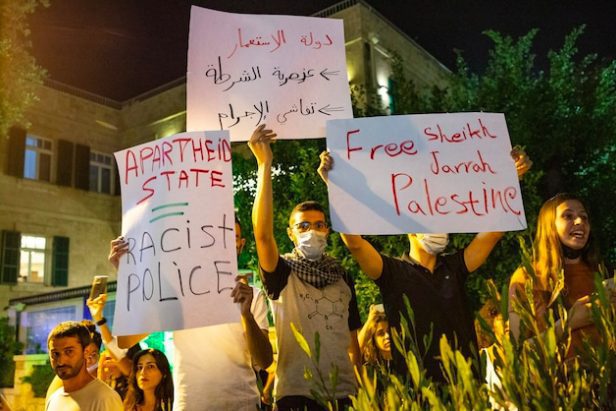
The threat of new evictions of Arab residents in Jerusalem’s Sheikh Jarrah neighborhood sparked demonstrations across Israel and the Palestinian territories, including this rally in the Israeli port city of Haifa. Photograph by Mati Milstein, Associated Press
Cemetery conflicts
Jarrah was the doctor of Saladin, the sultan who expelled the Christian crusaders from Jerusalem in A.D. 1187 and founded the Ayyubid dynasty. The physician was laid to rest on the northern outskirts of the city, and his tomb became a shrine that drew Sufis from around the Muslim world. A small Arab village that took his name grew up around the site.
The area had already been used as a cemetery in Roman times. Jerusalem’s most magnificent burial complex, the Tomb of the Kings, is located here, as are a number of tombs attributed to Jewish sages and holy men. A medieval tradition holds that one of these rock-cut graves near the Tomb of the Kings is that of Simeon the Just, a Jewish high priest who, according to the Talmud, met Alexander the Great.
© NGP, Content may not reflect National Geographic’s current map policy.
In 1871, a French archaeologist examining that tomb found an inscription revealing that the grave is actually a second century burial site to house the remains of the wife or daughter of a Roman centurion named Julius Sabina.
Jewish groups who maintained its sanctity purchased the site five years later, and a community of a few dozen Jewish families settled around the tomb later in the century. By then, the neighborhood was dotted with villas owned by wealthy Arab families as Jerusalem began to expand outside its walls.
When the State of Israel was declared in 1948, war broke out with Arab nations, and Sheikh Jarrah fell under Jordanian control in what became East Jerusalem. The Jewish residents fled, and Palestinians displaced elsewhere by the conflict settled in the abandoned homes. In 1967, Israel conquered and then annexed East Jerusalem.
Ever since, Jewish settlers have been attempting, with frequent success, to use Israeli courts to evict Arab residents from property they claim as their own. By contrast, Palestinians have no legal right to recover their pre-1948 homes.
“Sheikh Jarrah has historical significance with respect to the national and religious identity of both Palestinians and Jews,” noted two Israeli scholars, Lior Lehrs and Yitzhak Reiter, who studied the neighborhood. The conflict between the two groups, they added, “reflects a growing pattern of Jewish settlement in the heart of Arab neighborhoods in East Jerusalem.”
In recent years, Jewish worshipers have begun to pray at the tomb more frequently and in larger numbers. The volatile mix of real estate, religion, and politics quickly came to a boiling point.
This spring, with the Israeli Supreme Court poised to rule on the eviction of 58 Palestinians from homes in Sheikh Jarrah, weekly demonstrations opposing such a move gathered steam. During a protest on April 9, Israeli police beat a member of the Knesset, the Israeli parliament, who was taking part in a peaceful action.
On May 6, members of a far-right Jewish party and local Palestinians on a street in Sheikh Jarrah began to exchange insults, and then throw chairs and rocks. The minor melee quickly morphed into a major Muslim protest centered on Jerusalem’s Temple Mount, a rough rectangle on the southeast side of the Old City that covers more area than the Pentagon.
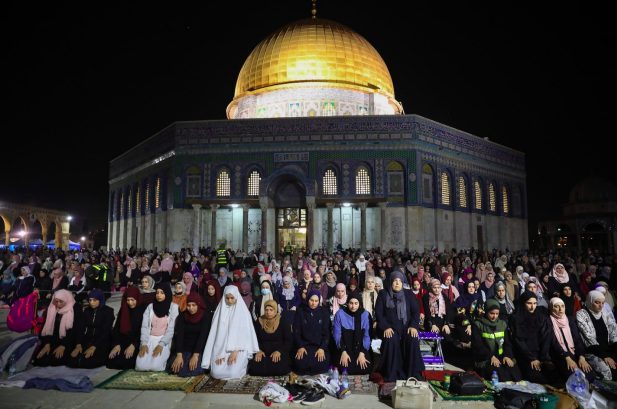
The Dome of the Rock shimmers behind Muslims worshiping during Laylat al-Qadr, or the night of destiny, marking when God first revealed the Quran to Muhammad. The shrine was the site of bloody fighting between Israeli security and Muslims both before and after. Photograph by Mahmoud Illean, Associated Press
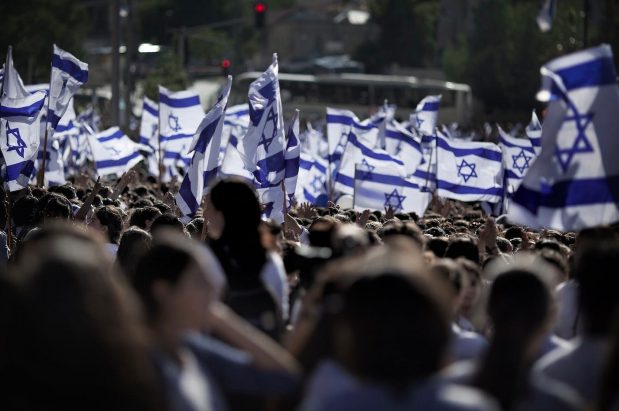
Israeli nationalists wave their nation’s flag during a 2011 march through the streets of Sheikh Jarrah, a traditionally Arab neighborhood near Jerusalem’s Old City, to celebrate the Israeli takeover in 1967. Photograph by Marco Long, AFP/Getty Images, Associated Press
The power of the platform
Few places in the world are so charged with history, politics, religion, and legend. Successive temples made it Judaism’s most important place of worship until the Romans destroyed the sprawling complex in A.D. 70.
With the arrival of Islam in the seventh century, the first Muslim rulers built the Dome of the Rock and al-Aqsa Mosque to mark the place where they believed the prophet Muhammad made his nighttime sojourn to heaven.
The two buildings, set in a park-like atmosphere of courtyards, gardens, and fine views, are among the world’s oldest and most venerable Islamic structures. For Muslims, what they call the Noble Sanctuary, or simply al-Aqsa, is the third holiest place in Islam after Mecca and Medina.
In 1967, Israel seized the acropolis and declared it part of the expanded Israeli capital. The platform itself remained under Muslim authority but was placed under Israeli security control. Tensions between worshipers and Israeli security have periodically flared, often during the time of Ramadan when tens of thousands flock to al-Aqsa. (See how centuries of architecture come together in Jerusalem’s Old City.)
In the wake of the Damascus Gate and Sheikh Jarrah protests, thousands of Palestinian worshipers gathered on the acropolis to pray and demonstrate against the evictions. A large contingent of Israeli soldiers was there as well, and violence quickly erupted. On May 7, more than 200 Palestinians were injured, many by rubber-coated steel bullets and stun grenades, while 17 police were wounded in a hail of bottles, shoes, and stones.
May 10 marked the 54th anniversary of the Israeli takeover of East Jerusalem, when Israeli nationalists march through the Old City’s streets waving Israeli flags. It was also the day the Supreme Court was slated to decide the Sheikh Jarrah eviction case. The march was canceled and the legal decision postponed, but by then the violence had spiraled out of control. Rocket attacks by Hamas led to an Israeli pounding of Gaza in retaliation.
Riots quickly spread to the mixed Arab-Jewish cities of Israel—one in five Israelis is Arab—as well as to the Israeli-occupied West Bank, home to the Palestinian Authority as well as more than a hundred Jewish settlements considered illegal under international law.
On May 18, a day Palestinian leaders called for protests and strikes, Israeli forces in the West Bank killed a Palestinian man and wounded more than 70, along with two Israeli soldiers injured. Meanwhile, in Sheikh Jarrah, police aimed water cannons at Arab protestors, while Arab demonstrators at Damascus Gate again fought with Israeli security.
Egypt brokered the ceasefire signed yesterday by Israel and Hamas. Osama Hamdan, a senior member of Hamas, said Israel provided “guarantees that Israeli aggression at al-Aqsa Mosque and Sheikh Jarrah will stop,” a claim dismissed as a “complete lie” by Israeli officials. Few believe that peace is truly in the offing.
Asked whether there is a long-term solution to the crisis, Reiter gave an answer commonly heard in Jerusalem. “I’m not sure—it’s complicated.”
Andrew Lawler is a journalist and author who has written about controversial excavations under Jerusalem for National Geographic. His latest book, Under Jerusalem, will be published in November.
